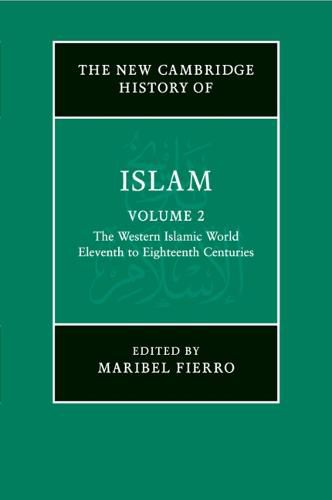Readings Newsletter
Become a Readings Member to make your shopping experience even easier.
Sign in or sign up for free!
You’re not far away from qualifying for FREE standard shipping within Australia
You’ve qualified for FREE standard shipping within Australia
The cart is loading…






Volume 2 of The New Cambridge History of Islam is devoted to the history of the Western Islamic lands from the political fragmentation of the eleventh century to the beginnings of European colonialism towards the end of the eighteenth century. The volume embraces a vast area from al-Andalus and North Africa to Arabia and the lands of the Ottomans. In the first four sections, scholars - all leaders in their particular fields - chart the rise and fall, and explain the political and religious developments, of the various independent ruling dynasties across the region, including famously the Almohads, the Fatimids and Mamluks, and, of course, the Ottomans. The final section of the volume explores the commonalities and continuities that united these diverse and geographically disparate communities, through in-depth analyses of state formation, conversion, taxation, scholarship and the military.
$9.00 standard shipping within Australia
FREE standard shipping within Australia for orders over $100.00
Express & International shipping calculated at checkout
Volume 2 of The New Cambridge History of Islam is devoted to the history of the Western Islamic lands from the political fragmentation of the eleventh century to the beginnings of European colonialism towards the end of the eighteenth century. The volume embraces a vast area from al-Andalus and North Africa to Arabia and the lands of the Ottomans. In the first four sections, scholars - all leaders in their particular fields - chart the rise and fall, and explain the political and religious developments, of the various independent ruling dynasties across the region, including famously the Almohads, the Fatimids and Mamluks, and, of course, the Ottomans. The final section of the volume explores the commonalities and continuities that united these diverse and geographically disparate communities, through in-depth analyses of state formation, conversion, taxation, scholarship and the military.